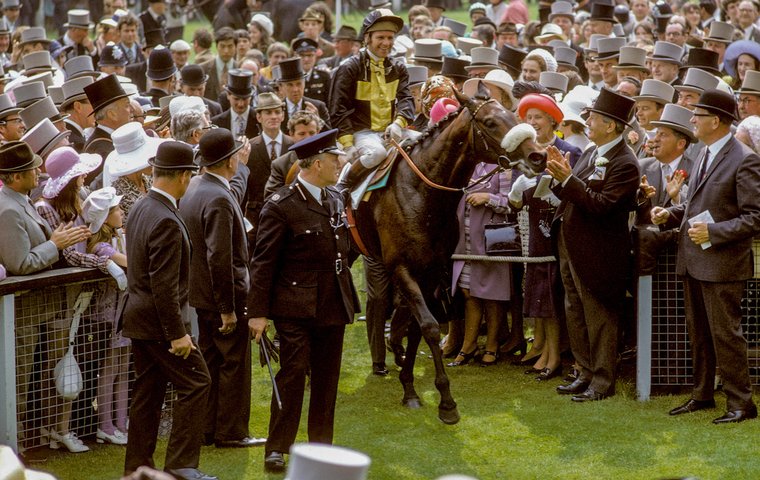
In his regular column, Charles Hayward examines the enduring legacy of Paul Mellon, one of the sport’s most noted philanthropists and now the focus of a new joint venture between horse racing museums on both sides of the Atlantic.
The Newmarket-based National Horse Racing Museum and the National Museum of Racing and Hall of Fame in Saratoga Springs are without question two of the most prominent Thoroughbred racing museums in the world.
Now they have joined forces to announce a social media content-sharing program relating to the international legacy of racing icon Paul Mellon.
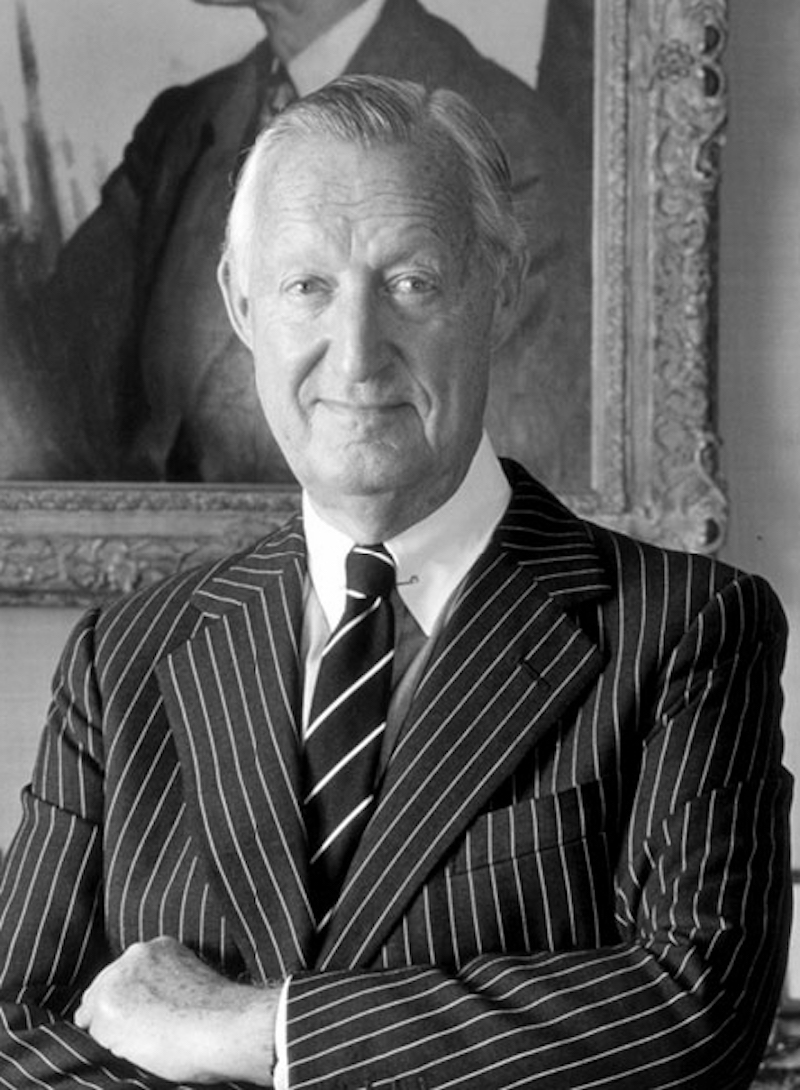 Through a series of posts across various platforms, both museums will share educational content and the racing legacy about Mellon’s significant imprint on the sport for many decades in the US and England.
Through a series of posts across various platforms, both museums will share educational content and the racing legacy about Mellon’s significant imprint on the sport for many decades in the US and England.
The first of 10 weekly segments will debut on Friday, April 15, and continue for each Friday through Friday June 10. The final special posting will conclude on Saturday, June 11, which was Mellon’s birthday. Both museums will be posting material on their Facebook, Instagram and Twitter pages during this time.
The first segment will focus on Mellon racing silks and the different registered colors he campaigned his horses under in the US and England. Both museums have sets of silks that belonged to Mellon that were used in races in each country.
After the April 15 launch, the two museums will alternate each Friday. These future posts will include a variety of artwork, sculptures, trophies and other items from the Mellon collection of each museum with content detailing the relevance of those items to the sport’s history.
It is important to note that both museums have made substantial capital enhancements in the last few years. A significant investment and development in Newmarket resulted in a new opening in November 2016 by Her Majesty The Queen.
Beautifully renovated
Today, the National Horse Racing Museum at Palace House in Newmarket combines three attractions in one: a beautifully renovated National Horse Racing Museum (NHRM), the Fred Packard Museum and Galleries of British Sporting Art, and a flagship home for the Retraining of Racehorses charity.
In the last two years, the Saratoga museum has substantially upgraded their video interactive presentations and have replaced their former Hall of Fame plaques with dynamic interactive video content. In addition, the museum has produced a brilliant new surround-sound 360-degree film entitled What It Takes: Journey to the Hall of Fame.
Here are some thoughts on the collaboration from the Hon. Frances Stanley, chairman of the NHRM trustees in Newmarket:
“Our Trustees and Executives have been working hard to bring the two Museums together in what we hope is the first of many link-ups across the world. The special relationship between America and England dates back many years and was summed up in the philanthropy of Paul Mellon in racing and sporting art.
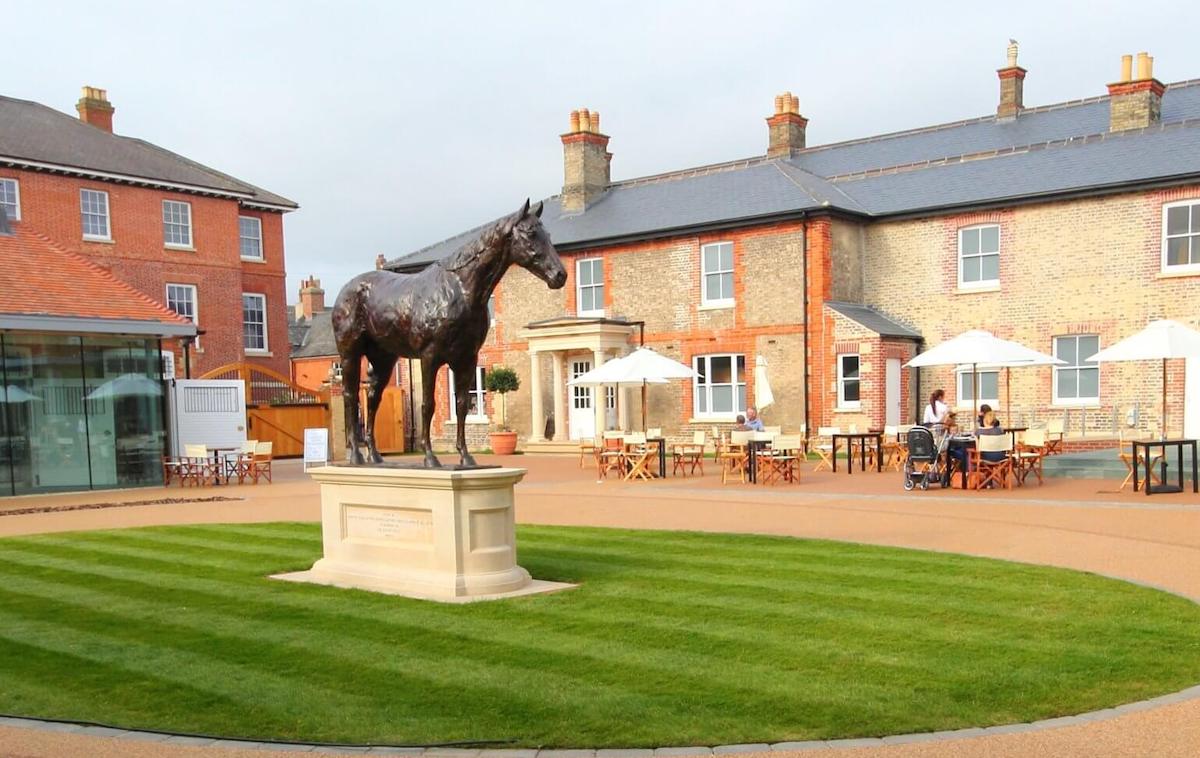 “Mellon’s passions remained a lifelong interest and were sown whilst studying at Cambridge University a mere 20 minutes from Newmarket. I feel honoured to be the chairman of the National Horseracing Museum (NHRM) at this pivotal moment.
“Mellon’s passions remained a lifelong interest and were sown whilst studying at Cambridge University a mere 20 minutes from Newmarket. I feel honoured to be the chairman of the National Horseracing Museum (NHRM) at this pivotal moment.
“Gretchen and Roy Jackson, who are long-standing friends, keep their mares at New England Stud in Newmarket, further cementing the associations between the town and America. Personally, it has been a pleasure and a thrill helping the two museums achieve this historic link-up.”
First of many collaborations
Cate Masterson, director of the National Racing Museum and Hall of Fame, also comments on the opportunity of this exciting new collaboration:
“We are thrilled to begin sharing the first of what we hope are many collaborations with the National Horse Racing Museum in Newmarket.
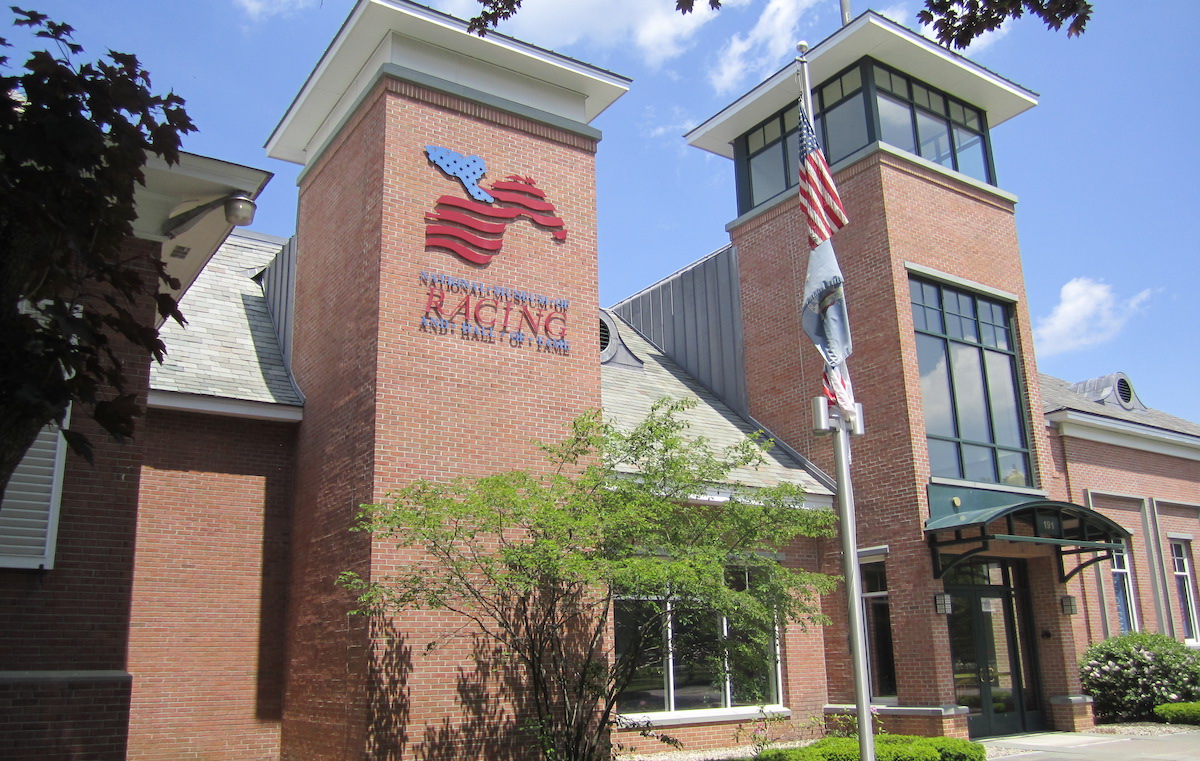
“Thoroughbred racing is truly an international sport with many crossover connections. Paul Mellon was a remarkable and respected sportsman in both America and England and his collection of sporting art, trophies and sculptures are historically significant treasures of both museums. We think people will enjoy learning about these incredible pieces and the opportunity to get to know both museums a bit better in the process.”
Commitment to horse racing and passion for art
I think that it is worth a few minutes to learn more about Paul Mellon’s life and his commitment to Thoroughbred racing and his passion for art.
Born in Pittsburgh on June 11, 1907, Paul Mellon was the second child and only son of Andrew Mellon, who served as the US secretary of the treasury under three presidents.
Mellon’s parents divorced when he was five, and under the terms of the settlement, Mellon and his sister spent summers with their mother in England, where Mellon began to develop lifelong love of British culture.
Paul Mellon was racing’s Renaissance man. Co-heir of the enormous Mellon Bank fortune, he turned in his banker’s suit for life as a patrician collector of impressionist art, philanthropist and racing impresario.
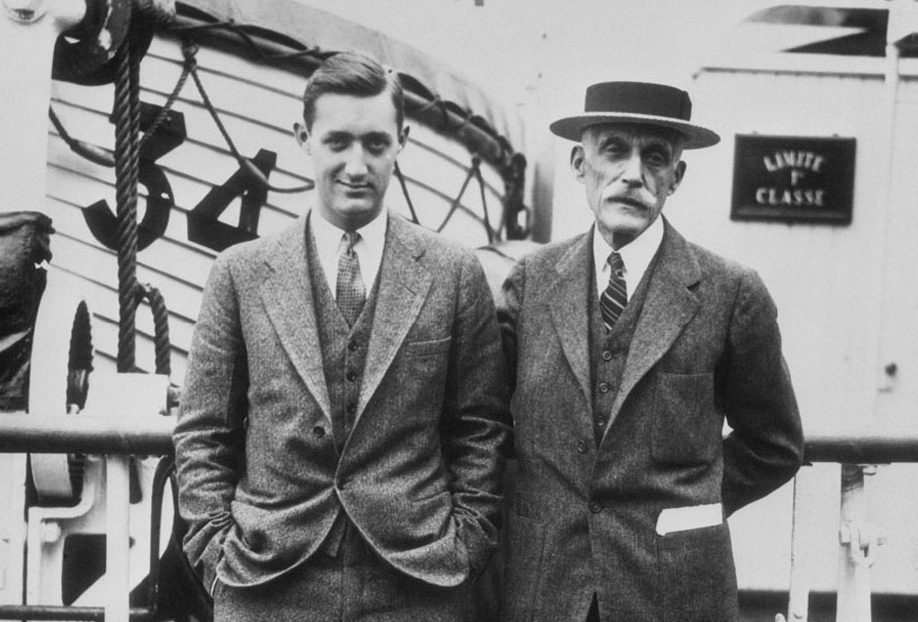 Mellon never shared his father Andrew’s love for commerce but he did inherit a dedication to giving something back to society. Mellon’s gifts were bestowed to museums, libraries and other diverse causes, from creating parks and saving seashores to encouraging scholars and endowing America’s top poetry award, the Bollingen.
Mellon never shared his father Andrew’s love for commerce but he did inherit a dedication to giving something back to society. Mellon’s gifts were bestowed to museums, libraries and other diverse causes, from creating parks and saving seashores to encouraging scholars and endowing America’s top poetry award, the Bollingen.
After stepping back from the family business, Mellon made his home at Rokeby, a 400-acre farm near Upperville, Virginia, bought from his mother. Horses bred at Rokeby were to provide Mellon with many of his more prominent performers. It was during that time that Mellon’s passion for horses began to fully flower as he rode foxhunters and acquired his first racehorse, the steeplechaser Drinmore Lad.
After Mellon graduated from Yale University in 1929, his father was serving as US ambassador to the United Kingdom and Mellon headed overseas to attend Clare College at Cambridge University.
The incurable collector
He developed his great love of England and English culture while studying at Clare from 1929-1931. “It was while I was at Cambridge that I embarked on the dangerous seas of collecting,” Mellon once said – a statement from a man who described himself as “the incurable collector” that has had profound implications for his major beneficiaries, both in the US and UK.
Mellon’s foremost philanthropic interest was his alma mater, Yale University. His most generous and well-known gifts established the Yale Center for British Art, but his legacy makes itself felt across the campus.
He was taught by a brilliant generation of scholars and developed at Yale the deep love of English literature and British history that formed the basis of his later artistic and intellectual interests.
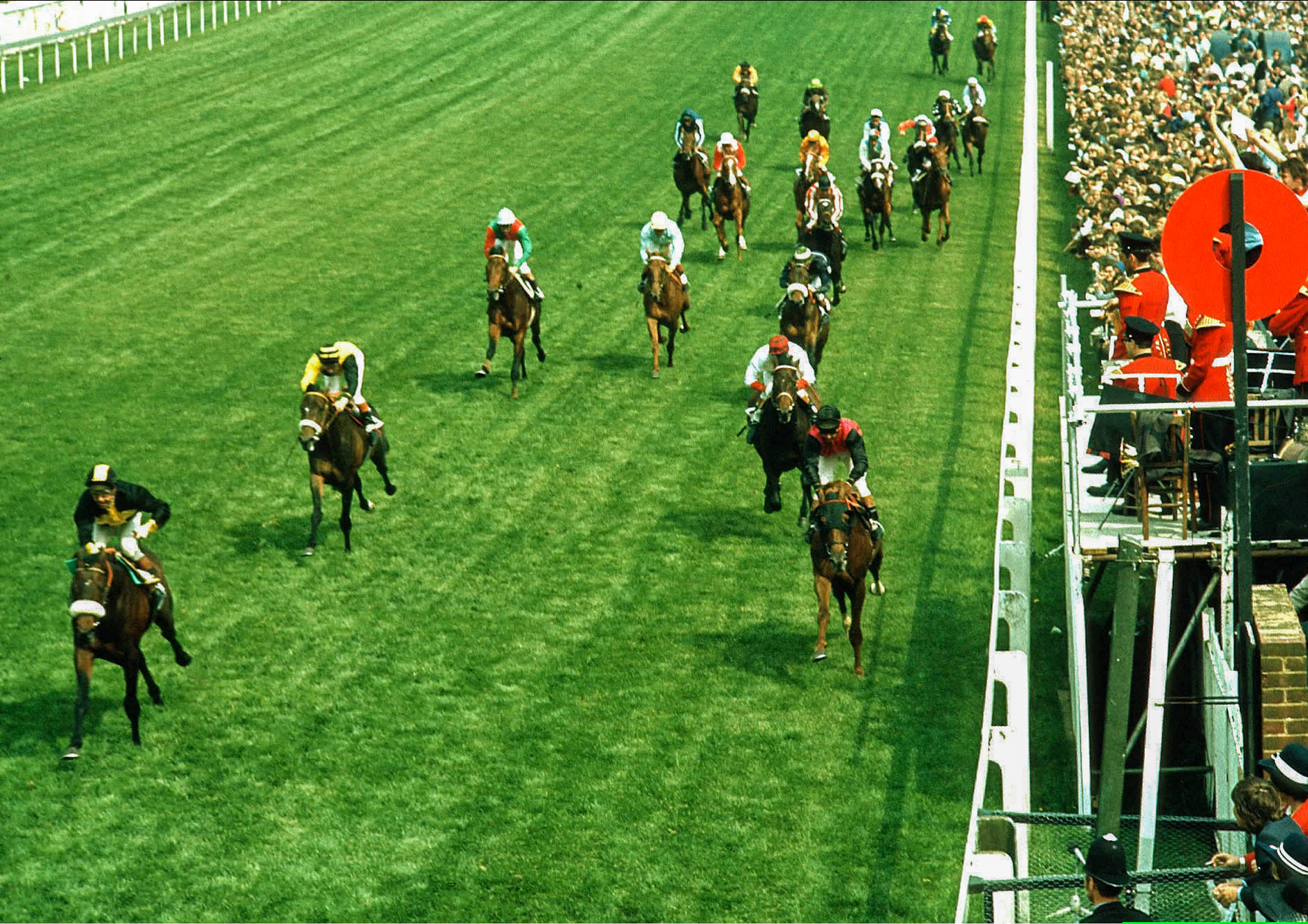 It was at Cambridge that he discovered the joys of collecting prints and books on aspects of sporting life, passions which remained a lifelong interest and would lead to the breeding and racing of horses, including the great Mill Reef, who won the Derby, the King George VI and Queen Elizabeth Stakes and the Prix de l’Arc de Triomphe for Mellon’s young English trainer Ian Balding. Throughout his life Paul Mellon would claim that horse racing more than art provided his most treasured moments.
It was at Cambridge that he discovered the joys of collecting prints and books on aspects of sporting life, passions which remained a lifelong interest and would lead to the breeding and racing of horses, including the great Mill Reef, who won the Derby, the King George VI and Queen Elizabeth Stakes and the Prix de l’Arc de Triomphe for Mellon’s young English trainer Ian Balding. Throughout his life Paul Mellon would claim that horse racing more than art provided his most treasured moments.
Paul Mellon died on February 1, 1999, after which the Yale University Alumni magazine ran a brief editorial commentary and memories from important thinkers that worked with Mellon on certain Yale projects. Here is an excerpt, plus some of the personal reminiscences – read the full article here.
“When Paul Mellon died last February 1, at the age of 91, President Levin noted in his tribute that ‘of the many thousands who have contributed to Yale University, none has done more than he to shape and support it’. But that is a fact that many members of the Yale community might be forgiven for not knowing …
"At his death, Mellon left Yale $90 million and more than 130 works of art—the largest single gift ever to the university. But he also left behind a legacy of authentic generosity to the nation as a whole, and of personal warmth to a host of friends and professional colleagues."
Memories of a unique individual
“The Paul Mellon I knew could be self-deprecating to the point of inscrutability, but beneath what I believe to have been essentially his shyness was what I treasured most about him – a warmth and a sense of fun and a delight in language and, above all, a deeply felt responsiveness to beauty.
“But he also had horses in his beloved England, and his love of horses and of the English countryside led him to his legendary collecting of English art. Once he started, he couldn’t stop.
“Upperville, which some art dealers couldn’t even locate in any work of reference, became one of the best known addresses to US Customs inspectors.” J. Carter Brown, director emeritus of the National Gallery of Art
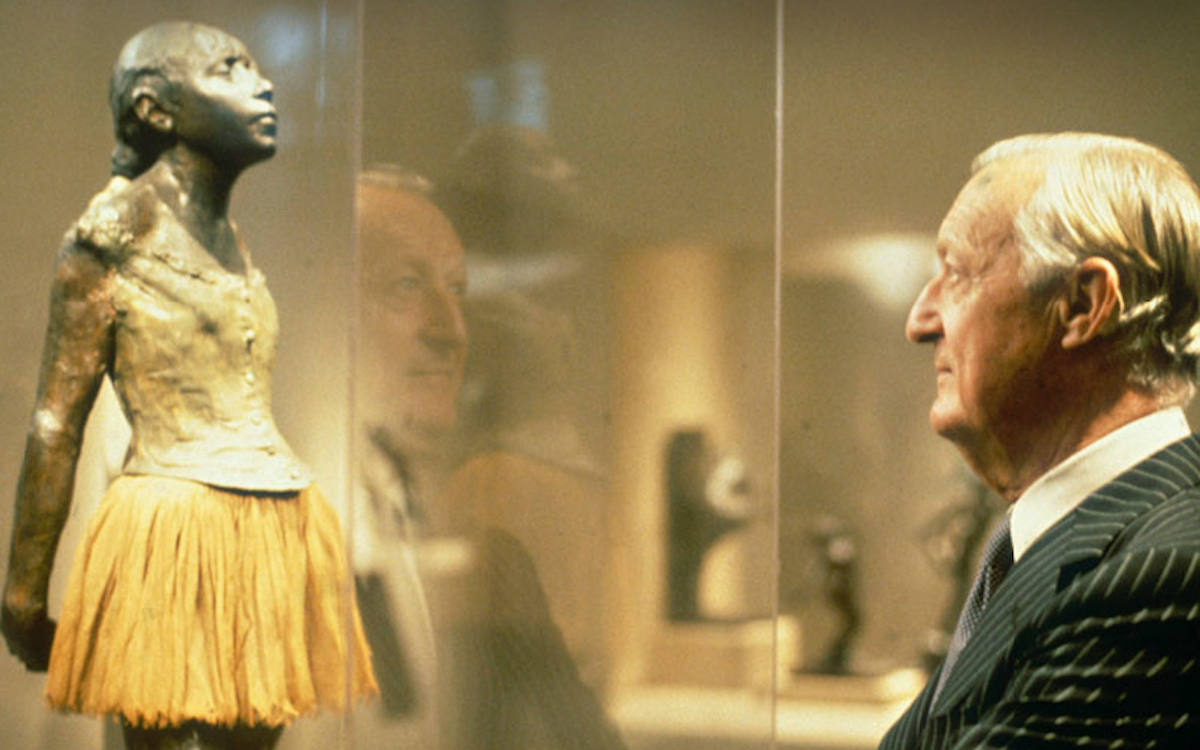
“Thirty-eight years is a long time for any relationship, and over that period, during which I made more than 140 trips to the United States, Mr. Mellon changed from being a kindly employer into a father figure, and then into an old friend.
“His personality also developed. When first I knew him, he was still very shy. He had led a largely private life and, as Basil Taylor once remarked to me, he was not unlike a latter-day English squire.
“Although I never felt familiarity was called for, he seemed to become much more approachable in conversation, and of course his wonderful sense of humor and appreciation of the comic element in life helped to form an immutable bond. Only over a long period did I discover from others the many considerate and kind acts he had performed.” John Baskett, who assisted Paul Mellon with his autobiography, Reflections in a Silver Spoon
“Often when I was with Paul the conversation would drift from British art, about which he knew more than I (an Americanist by trade) to horses, about which I knew virtually nothing.
“Once, in 1970, after Fort Marcy won the Washington International and was named Horse of the Year, Paul said that the horse would not race again. Eager to display my limited knowledge, I asked if he were going to put Fort Marcy out to stud. Paul gave me a pitying look – the horse was a famous gelding.” Jules Prown, founding director of the Yale Center for British Art and the Paul Mellon Professor of the History of Art
“Above all, just beyond Cambridge, to the east, lay ‘lovely Newmarket, its long straight velvet training gallops, its racecourse, to me the most beautiful one anywhere’.
“If Andrew Mellon had had misgivings about his son’s academic ambitions, he was far more scathing about his interest in the turf: “Any damn fool knows that one horse can run faster than another,” he growled.
“Even so, in 1933 Paul Mellon bought his first racehorse, the Irish thoroughbred, Drinmore Lad. When Drinmore Lad ran as a 3-year-old and won a timber race at Far Hills, New Jersey, his owner’s fate was sealed. For the next 65 years the name of Paul Mellon was to be one of the most prominent in racing circles on both sides of the Atlantic; along with his colors – grey and gold in America, black and gold in England.” Duncan Robinson, director of the Yale Center for British Art from 1981–95, director and Marlay Curator of the Fitzwilliam Museum, University of Cambridge
The more that I have read and learned about Paul Mellon, the more interested I have become in his immersion and participation in Thoroughbred racing at the highest level in the US, England and Europe.
As Thoroughbred racing and breeding has become more international, the greater appreciation I have for the accomplishments that Mellon achieved in that last 40 years of the 20th Century via the legendary likes of Mill Reef and Arts and Letters and Fort Marcy, who succeeded each other as US Horse of the Year in 1969 and 1970. Mellon’s bloodstock achievements were recognised in a pair of Eclipse Awards as Outstanding Breeder (1971, 1986).
I am looking forward to learning more about Mellon’s experience from the expertise at the National Horse Racing Museum in Newmarket and the National Museum of Racing and Hall of Fame in Saratoga Springs.
• Visit the National Horse Racing Museum website and the National Museum of Racing and Hall of Fame website
View the entire series of Charles Hayward's View From the Rail
Jay Hovdey's Favorite Racehorses: Ancient Title – ‘There were so many times he took the breath away’
California dreamin’ – the inside story of California Chrome
Charles Hayward: Change the culture – or risk going the way of the circus and dog racing
Charles Hayward: If we don’t clean up our act, we won’t have a sport
View the latest TRC Global Rankings for horses / jockeys / trainers / sires


